Domain and range » Tips for entering queries Enter your queries using plain English To avoid ambiguous queries, make sure to use parentheses where necessary Here are some examples illustrating how to ask for the domain and range domain of log(x) (x^21)/(x^21) domain;Algebra of real functions;About the Author Davneet Singh Davneet Singh is a graduate from Indian Institute of Technology, Kanpur He has been teaching from the past 10 years He provides courses for Maths and Science at Teachoo
How Do We Draw The Graph And Find The Range And Domain Of The Function F X X 1 Quora
How to graph domain and range
How to graph domain and range- Domain and Range Of Graphs Worksheet Answers or Algebra Archive Domain and Range Of Graphs Worksheet Answers together with the Coordinate Grid Paper A Math Worksheet From the Graph Paper Domain and Range Of Graphs Worksheet Answers Along with Posite Function Worksheet Answers Awesome Factor RainbowsGraph each horizontal parabola and give the domain and range Place them in the form (y k)² = 4p(x h) where the vertex is (h, k), the focus is (hp, k) the end of the focal chord (or latus rectum) are the points (hp,k2p), (hp, k2p) the directrix is the vertical line whose equation is x = hp the axis of symmetry is the horizontal line whose




Domain Range Of Functions Graphs Calculator Examples Cuemath
SOLUTION Graph y=(1/3)^x Identify the domain, asymptote, and range Did I do this right?Sketch the graph of equation y = (x 3)^{2} 6 State the domain and range of the equation Finding Domain and Range By drawing graphs;
Get the free "Domain, range, roots and graph of a function" widget for your website, blog, Wordpress, Blogger, or iGoogle Find more Mathematics widgets in WolframAlphaYou can put this solution on YOUR website!Graphs of functions can be used to determine the domain and range The graphs give us an idea of which values of x and which values of y are being taken Many times this can be enough to fully determine the domain and range However, there will be times when we will have to use algebra to check or be more specific
(So if you know how to graph `y=x^3` then to graph `y=(x3)^32` you would translate the first graph 3 units to the right and 2 units down;The domain tells us all of the inputs "allowed" for the function For example, since we cannot input 𝑥 = 0 into the function 𝑓 (𝑥) = 1 𝑥, as it would be undefined, its domain will not include this value of 𝑥 We can input any other value of 𝑥, so the domain of this function is ℝ − {0} The range of a function tells us all of the possible outputs of this functionThis video provides two examples of how to determine the domain and range of a function given as a graph Complete Library at httpwwwmathispower4ucomSear
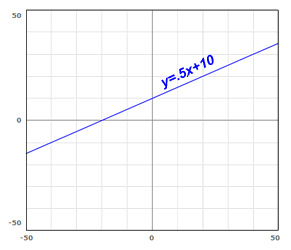



Domain And Range Free Math Help




Domain And Range Restrictions Desmos
Section Domain and Range In this section, we will be using inequality notation and interval notation to describe sets of numbers If you would like to review these notations, refer to Linear Inequalities Subsection Domain and Range Consider the graph of the function \(f (x) =\sqrt{x 4}\) and observed that \(f (x)\) is undefined for \(x\)values less than \(4\text{}\) Figure 327 Graph of a polynomial that shows the xaxis is the domain and the yaxis is the range We can observe that the graph extends horizontally from −5 to the right without bound, so the domain is − 5, ∞) The vertical extent of the graph is all range values 5 and below, so the range is ( − ∞, 5 Definition of the domain and range The domain is all x x x values or inputs of a function and the range is all y y y values or outputs of a function When looking at a graph, the domain is all the values of the graph from left to right The range is all the values of the graph
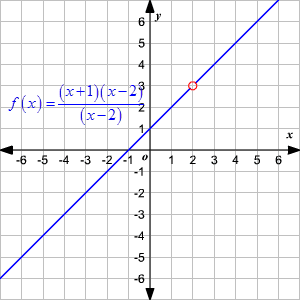



Domain And Range Of Rational Functions
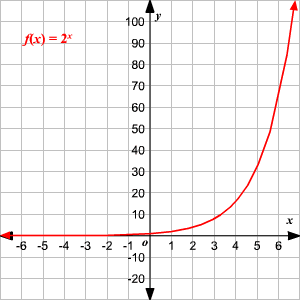



Domain And Range Of Exponential And Logarithmic Functions
Substitute 1 into the quadratic to get 1^2 2 (1) 5 = 1 2 5 = 4 Vertex is at (1,4) and it opens upward Since no values of x are negative, domain is all real numbers Then, since the vertex is the low point, take the primary square root of 4 to get 2, so range is y ≥ 2Algebra Find the Domain and Range y=x^3 y = x3 y = x 3 The domain of the expression is all real numbers except where the expression is undefined In this case, there is no real number that makes the expression undefined Interval Notation (−∞,∞) ( ∞, ∞) Set Builder Notation {xx ∈ R} { x xDomain and Range The domain of a function f ( x ) is the set of all values for which the function is defined, and the range of the function is the set of all values that f takes (In grammar school, you probably called the domain the replacement set and the range the solution set They may also have been called the input and output of the function)




Find The Domain And Range Of F X X 1
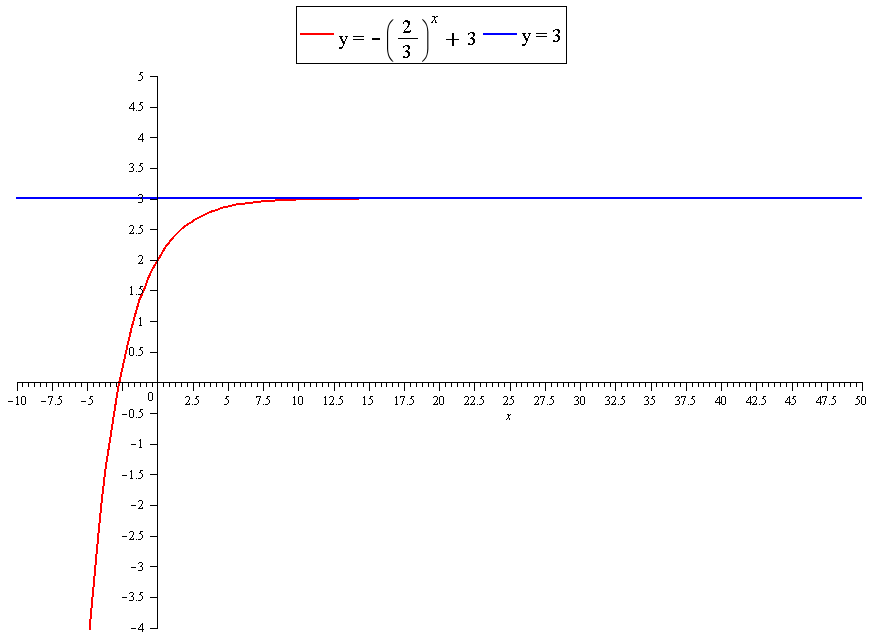



How Do You Graph F X 2 3 X 3 And State The Domain And Range Socratic
Figure 337 Graph of a polynomial that shows the xaxis is the domain and the yaxis is the range We can observe that the graph extends horizontally from −5 to the right without bound, so the domain is − 5, ∞) The vertical extent of the graph is all range values 5 and below, so the range is ( − ∞, 5Learn how to determine the domain and range of a function given the graph of the function Since the domain of a function is the set of all xvalues we willGraph the function`y = 1/(x3) 3` Identify the domain and range And, compare the graph with the graph of `y=1/x`
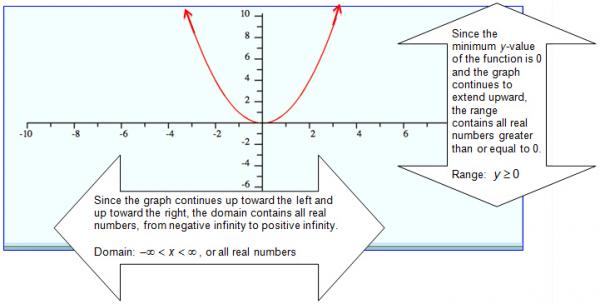



Determining The Domain And Range For Quadratic Functions Texas Gateway
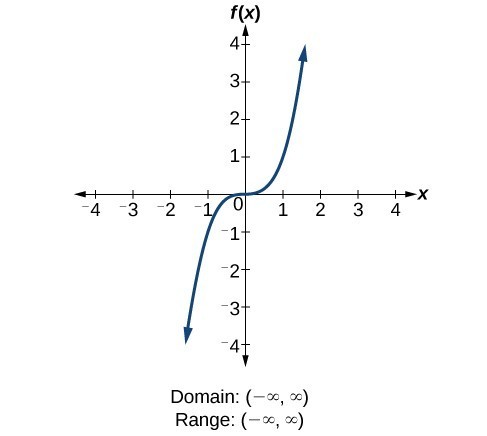



Determine Domain And Range From A Graph College Algebra
Identify the domain and range of the graph below Domain X < 51 < x < 5 all real numbers x < = 3 Range all real numbers y < = 3 y > = 310 < y < 3 Answers 2 Get , = = Other questions on the subject Mathematics Mathematics, 1430, GxthGrl6612 The jurassic zoo charges $14 for each adult admission and $5 for each child the totalFind the domain and range of the function /(x,y) 19 *?Then we read the `y`coordinates, and put them into the range For this graph then, the domain is `{2, 0, 2, 4}` The range is `{0, 6, 12, 18}` Now let's look at a different kind of graph, in which the function is a continuous line, which goes on indefinitely in both directions That means an infinite number of values are part of the function
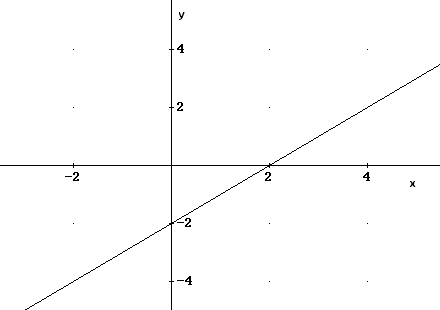



Graph Domain And Range Of Absolute Value Functions




Evaluate The Following Find The Domain And Range Chegg Com
Graph, Domain and Range of Absolute Value Functions This is a step by step tutorial on how to graph functions with absolute valueProperties of the graph of these functions such as domain, range, x and y intercepts are also discussedY and B graph the domain on the grid A) Domain and Range (4 pts) B) (2 pts) This problem has been solved! The function is y = x 3 2 The function y = x 3 2 is an absolute value functionThere are no rational or radical expressions, so there is nothing that will restrict the domain Any real number can be used for x to get a meaningful output So, the domain of the function is the set of all real numbers The function y = x 3 2 is the transformation function
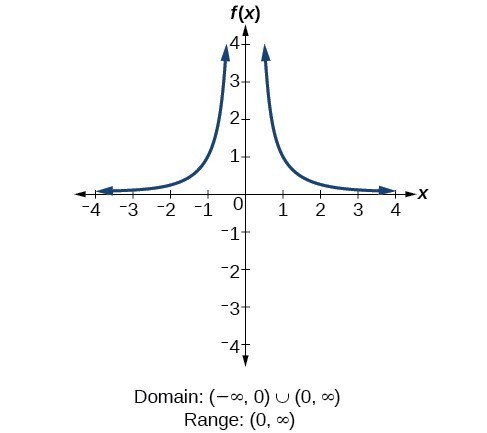



Determine Domain And Range From A Graph College Algebra




Domain Range Of Functions Graphs Calculator Examples Cuemath
Solved Examples – Functions Q1 Find the values of range, domain and codomain of the given function Ans The set of all input values is called the domain of the function Here, the first set values 2, 3, 4 are the input to the given function Thus, {2, 3, 4} is the domainX=3 2 1 0 1 2 3 y=27 9 3 1 1/3 1/9 1/27 Domain=all real #s asymptote=y=Find the domain of 1/(e^(1/x)1) function domain square root of cos(x)




Solved 1 Use The Graph Of The Function To Find The Domai Chegg Com




Domain And Range
Domain\f(x)=\ln (x5) domain\f(x)=\frac{1}{x^2} domain\y=\frac{x}{x^26x8} domain\f(x)=\sqrt{x3} domain\f(x)=\cos(2x5) domain\f(x)=\sin(3x)Finding Domain and Range General Method;Because the domain refers to the set of possible input values, the domain of a graph consists of all the input values shown on the latexx/latexaxis The range is the set of possible output values, which are shown on the latexy/latexaxis Keep in mind that if the graph continues beyond the portion of the graph we can see, the domain and range may be greater than the visible values
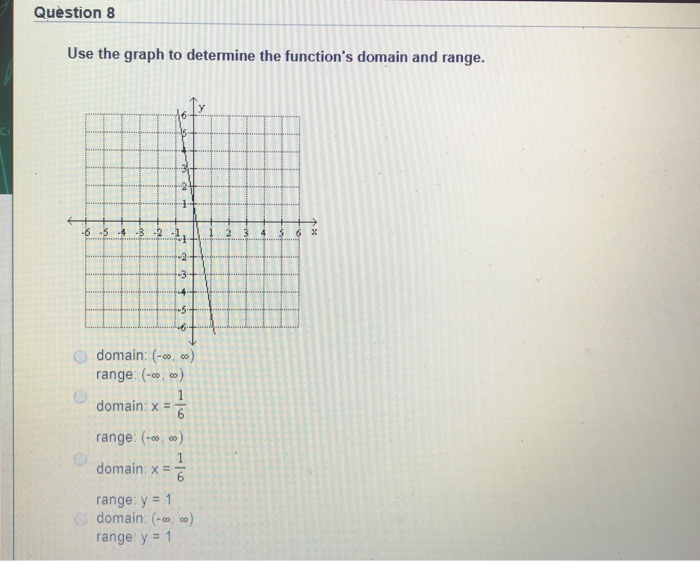



Question 8 Use The Graph To Determine The Function S Chegg Com




Let A 1 2 3 4 5 6 Define A Relation R From A To A By
B Find the domain and range of this function Solution The domain of this parabola is all real x The range is all real y ≥−3 Example Sketch the graph of f(x)=3x−x2 and find a the domain and rangeAlgebra Find the Domain and Range y=3^x y = 3x y = 3 x The domain of the expression is all real numbers except where the expression is undefined In this case, there is no real number that makes the expression undefined Interval Notation (−∞,∞) ( ∞, ∞) Set Builder Notation {xx ∈ R} { x xSee the answer See the answer See the answer done loading
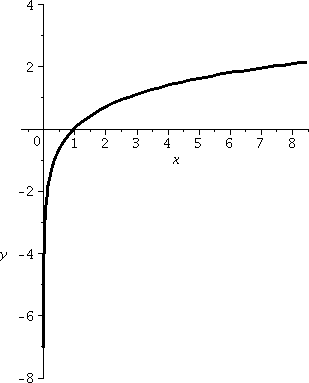



Domain And Range And Composition Of Functions
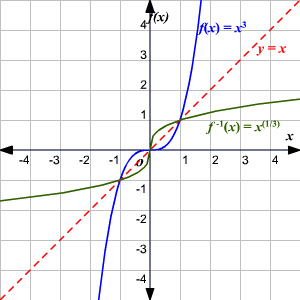



One To One Functions
How to recognize the domain and range of a function by considering the possible inputs and outputs of a functionWe can also graph a function to find its domDomain and range of polynomial, fractional, irrational and integral part functions The domain is made of (low xvalue, high xvalue), so you have (negative infinity, positive infinity) NOTE infinities need a soft bracket, not a brace Now the range is a matter of finding lowest and highest yvalues Move your finger around the yaxis and you'll find the parabola stops at a 3 and does not go deeper The lowest range is 3
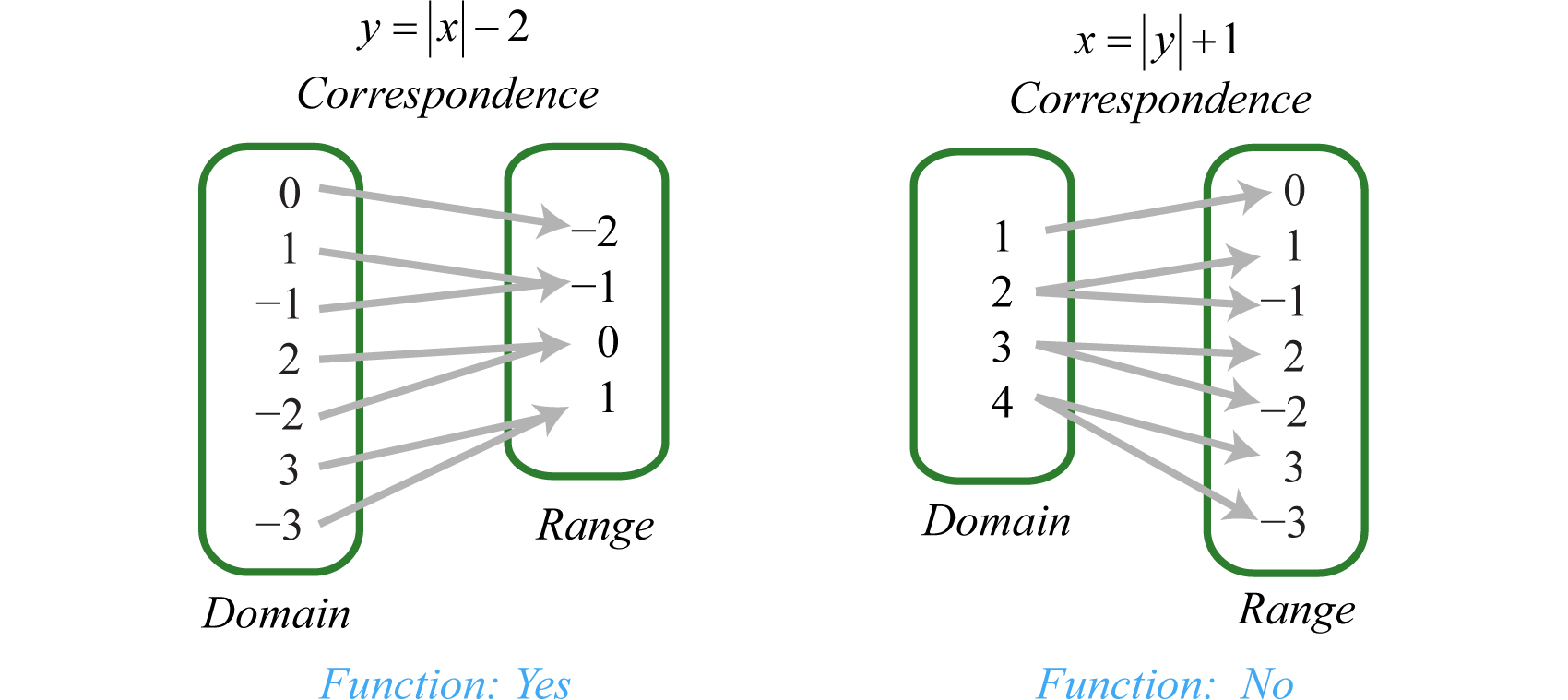



Relations Graphs And Functions




How To Find Domain And Range From A Graph Video Khan Academy
Determine the domain and range of the given function y = − − 2 x 3 \mathbf {\color {green} {\mathit {y} = \sqrt {2\mathit {x} 3}}} y = − −2x3 Advertisement The domain is all values that x can take on The only problem I have with this function is that IDomain and range The domain and range of a function is all the possible values of the independent variable, x, for which y is defined The range of a function is all the possible values of the dependent variable y The example below shows two different ways that a function can be represented as a function table, and as a set of coordinatesGraph We write the domain in interval notation as {x ≥ 0} Range {y ≥ 0} (remember to focus on bottom to top of the graph for range of a continuous graph) Notice that this graph has one endpoint at (0, 0) and an arrow Therefore, this graph covers all yvalues that are greater than or equal to 0 – there is no stopping point on the upper side of the graphrange would ≤ the y




How To Find The Domain Of A Function Video Khan Academy
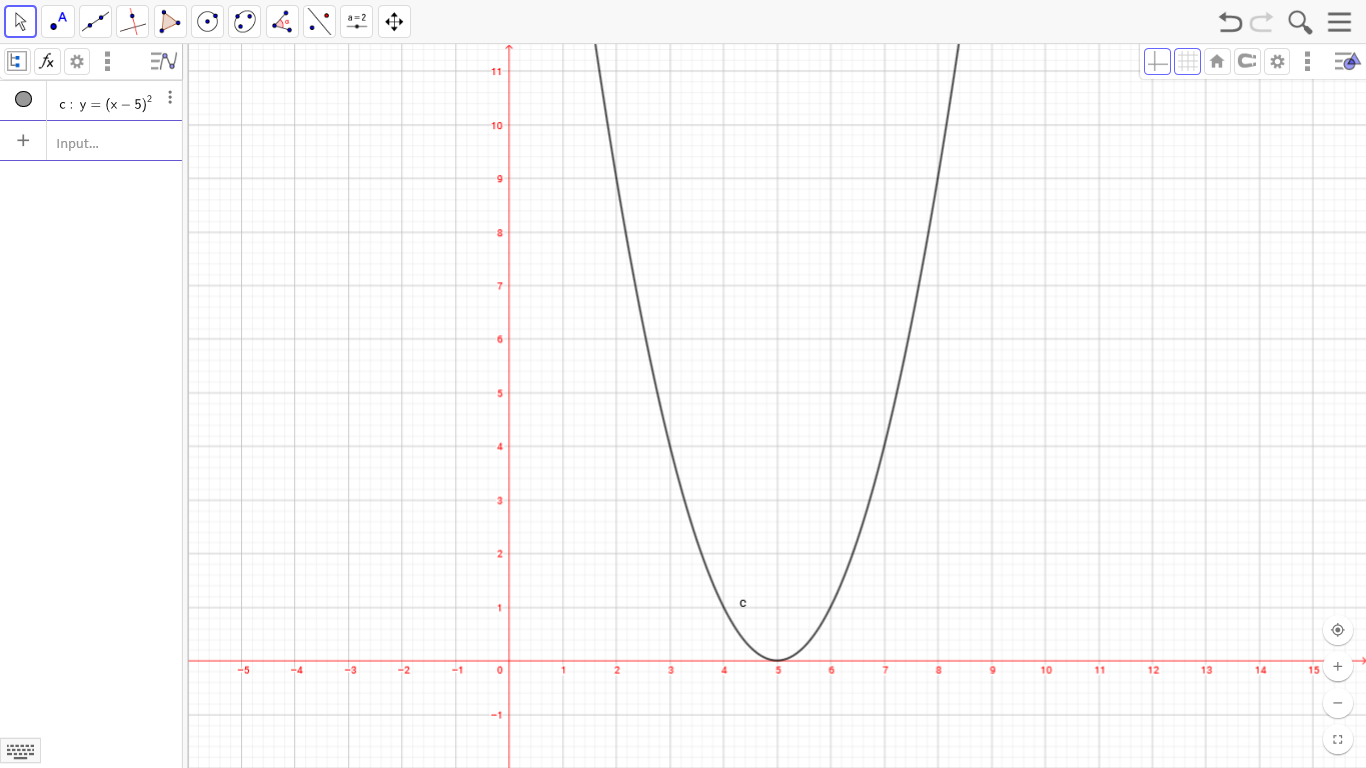



How Do You Find The Domain And Range For Y X 5 2 Socratic
Practice Finding Domain & Range from the Graph of a Continuous Function with practice problems and explanations Get instant feedback, extra help and The domain of a function is the collection of independent variables of x, and the range is the collection of dependent variables of y To find the domain of a function, just plug the xvalues into the quadratic formula to get the youtput To find the range of a function, first find the xvalue and yvalue of the vertex using the formula x = b/2a Because the domain refers to the set of possible input values the domain of a graph consists of all the input values shown on the xaxisThe range is the set of possible output values which are shown on the yaxisKeep in mind that if the graph continues beyond the portion of the graph we can see the domain and



1



How Do We Draw The Graph And Find The Range And Domain Of The Function F X X 1 Quora
That is every point on the original graph (x,y) is sentThe basic shape of the graph will remain the same If a positive constant is added to the value in the domain before the function is applied, f (x h), the graph will shift to the left If a positive constant is subtracted from the value in the domain before the function is applied, f (x − h), the graph will shift right The basic shape will Both the domain and range are all real numbers, or RR x^3 is a polynomial, which means its domain is RR, and in our case, its range is also RR because the only root that x^3 has, 0, is not a double root (technically it's a triple root, and because 3 is odd, the function switches sign)



What Is The Domain And Range Of 1 X 3 Quora



Finding Domain And Range Activity Builder By Desmos
Domain and range from graph CCSSMath 8FA1, HSFIFB5 Google Classroom Facebook Twitter Email Introduction to the domain and range of a function Intervals and interval notation What is the domain of a function?Because the domain refers to the set of possible input values, the domain of a graph consists of all the input values shown on the xaxis The range is the set of possible output values, which are shown on the yaxis Keep in mind that if the graph continues beyond the portion of the graph we can see, the domain and range may be greater than the visible values See Figure 6Domain and Range of Sine Function y = f(x)= Sin(x) Range The value lies between 1 ≤ y ≤ 1 Domain It's determined for all the 'x' real values Period 2π = 360º Sine Function is an odd function The Graph of sin(x) function




Consider The Graph Of Th Descubre Como Resolverlo En Qanda
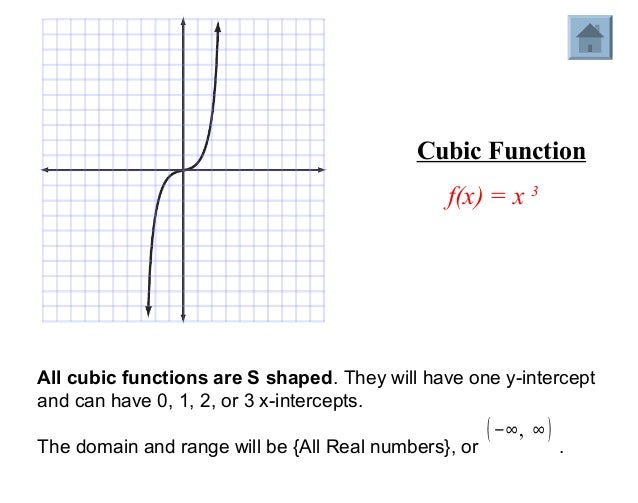



Module 2 Lesson 4 Notes
The range is all the values of the graph from down to up 49 domain and range of graphs worksheet answers domain and range examples and answers david simchi levi 4 2 patterns and linear functions worksheet answers form g domain




Example 4 Graph A Translated Square Root Function Graph Y 2 X 3 2 Then State The Domain And Range Solution Step Graphing Quadratics Function Of Roots



Find The Domain And Range Of Xy X 3y 1 Mathskey Com




Example 7 Let A 1 2 3 4 5 6 R X Y Y X 1
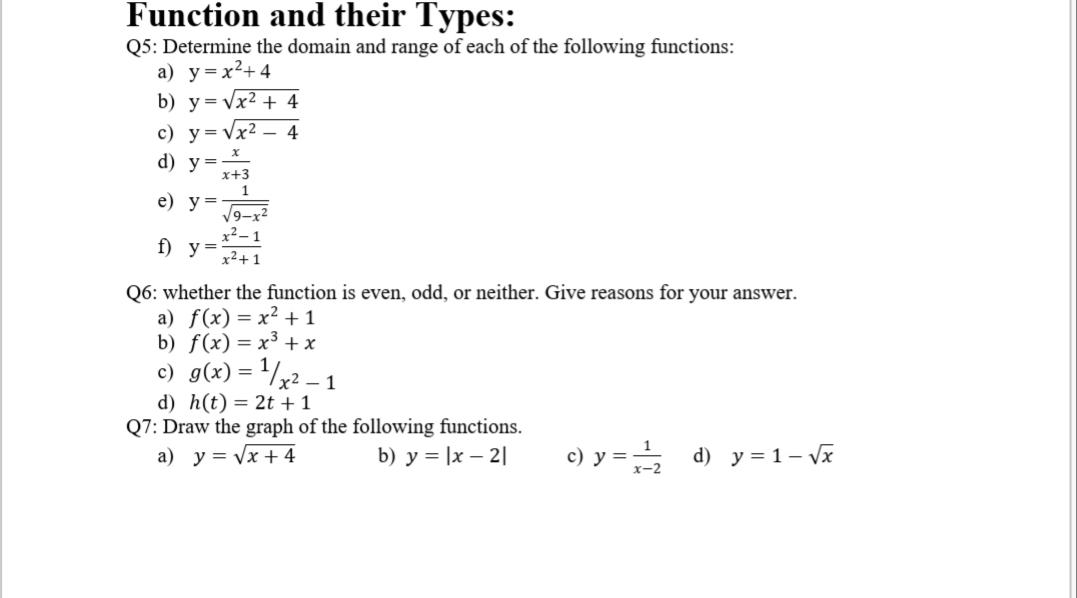



Function And Their Types Q5 Determine The Domain Chegg Com




Graph The Quadratic Function Y X 2 2x 3 Vertex X Y Intercepts Symmetry Domain Range Youtube




Finding The Domain And Range Of A Function Graphically Expii
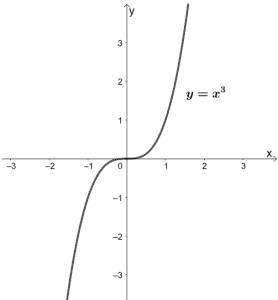



Parent Functions Types Properties Examples



Graph This Find The Domain And Range Show 3 Coordinates On The Graph Please Mathskey Com



Www Jensenmath Ca 1 1 worksheet solutions 1 Pdf




Domain And Range Ppt Download
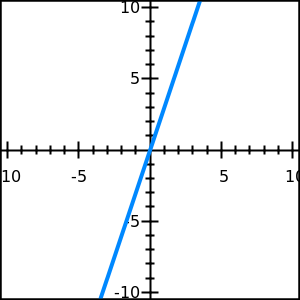



Domain And Range Free Math Help




19 9 Given Y X 2 1 Find The Vertex Chegg Com



How Do We Draw The Graph And Find The Range And Domain Of The Function F X X 1 Quora




Example 14 Draw Graph Of F X X 3 Chapter 2 Class 11




Graphing Radical Functions 3 You Have Seen The



Q Tbn And9gcqj529kunx E23asbmwgf8sdjnucswezuevva8edino5czgfbjv Usqp Cau
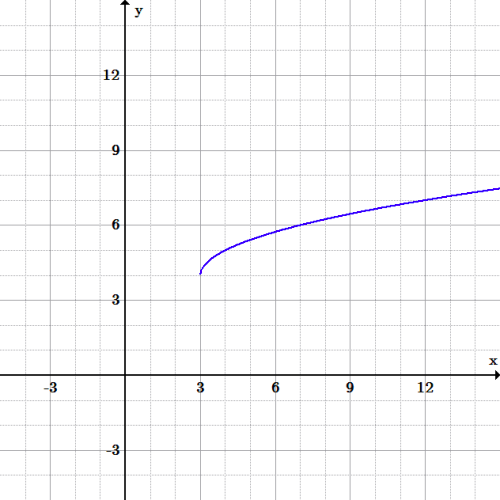



Domain And Range Boundless Algebra



What Are The Domain Range X And Y Intercepts Point Of Discontinuity The Increasing Decreasing And Constant Intervals In This Graph Quora




How To Find A Domain And Range On A Graph Arxiusarquitectura
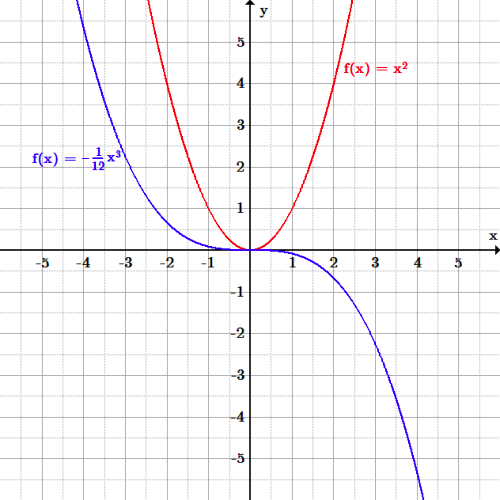



Domain And Range Boundless Algebra




Finding Domain And Range




Domain Range Of Functions Graphs Calculator Examples Cuemath
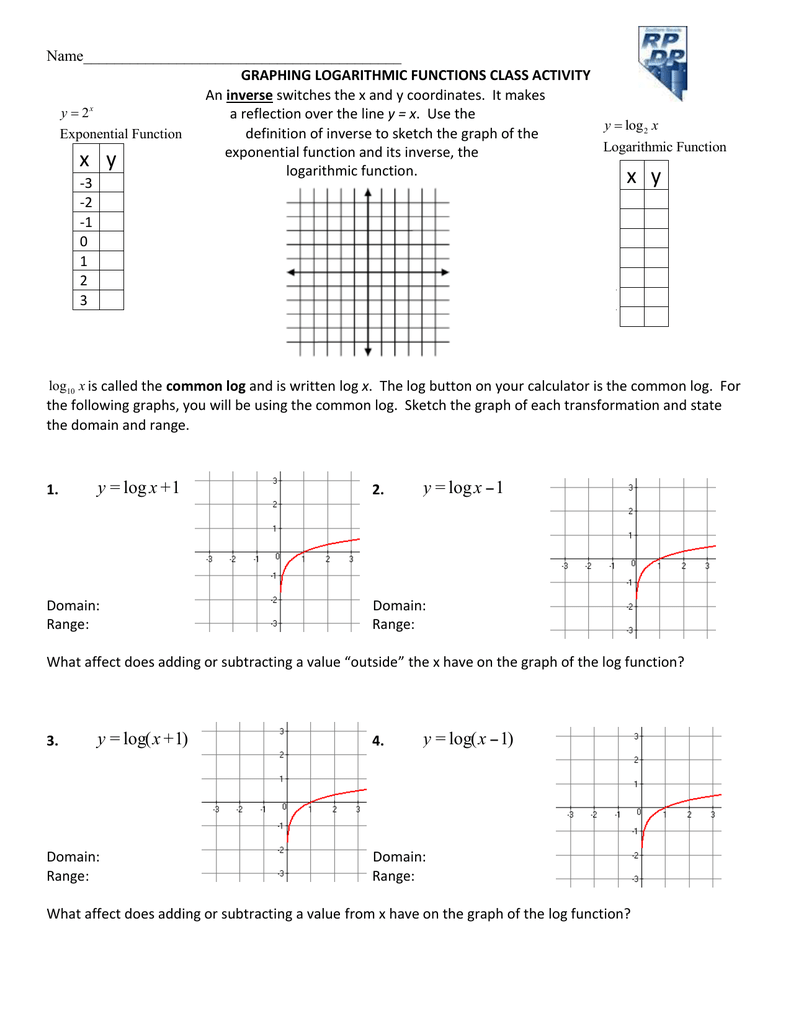



Name Inverse Y X
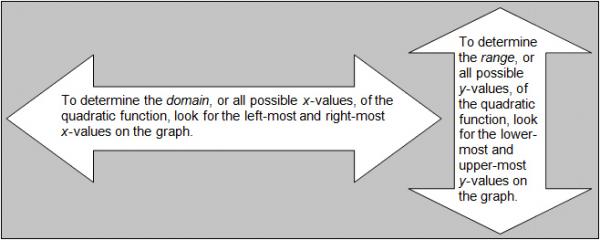



Determining The Domain And Range For Quadratic Functions Texas Gateway




Define The Function F R Gt R By Y F X X 2 X In
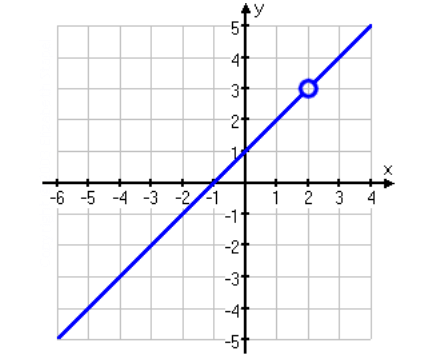



Domain And Range Of Rational Functions With Holes
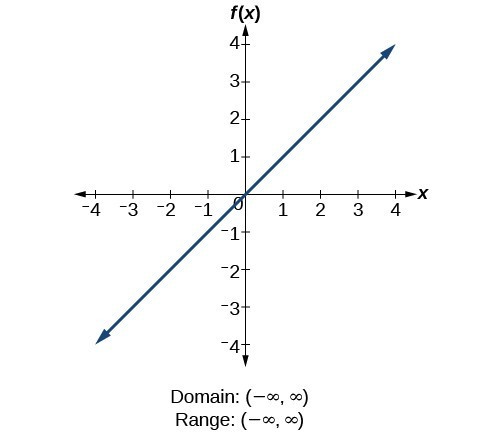



Determine Domain And Range From A Graph College Algebra



How Do You Find The Domain And Range Of T 1 3 Socratic
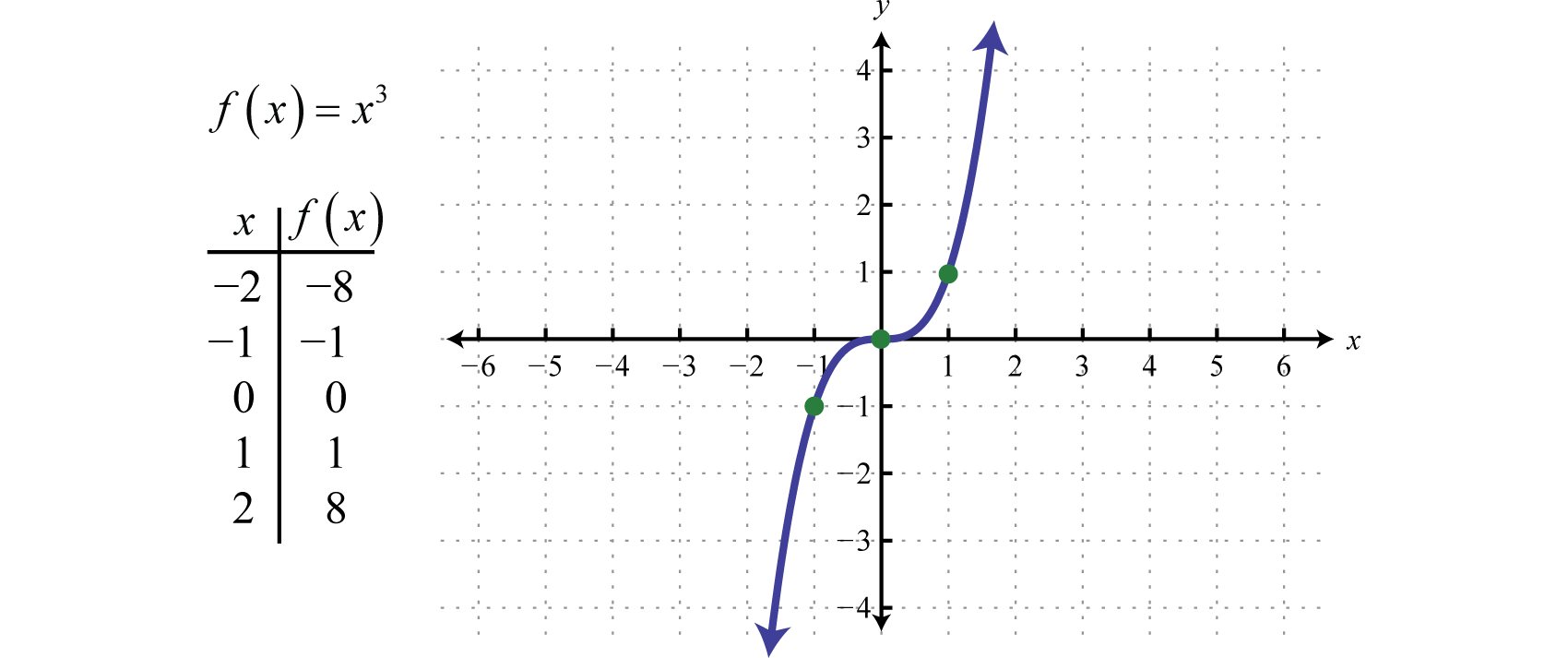



Graphing The Basic Functions
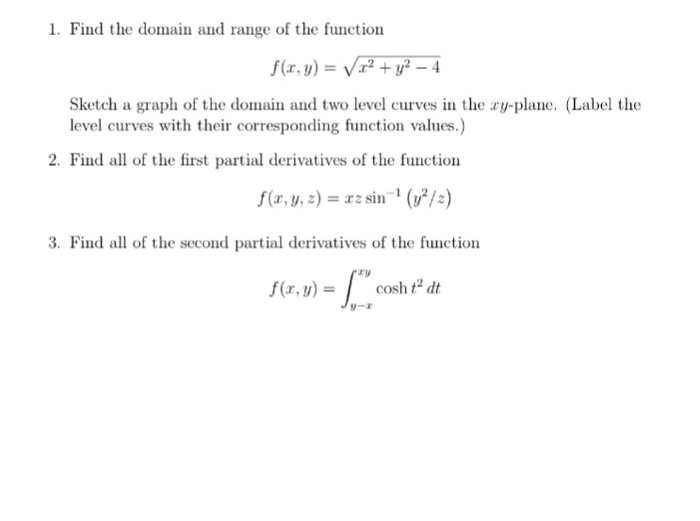



Find The Domain And Range Of The Function F X Y Chegg Com
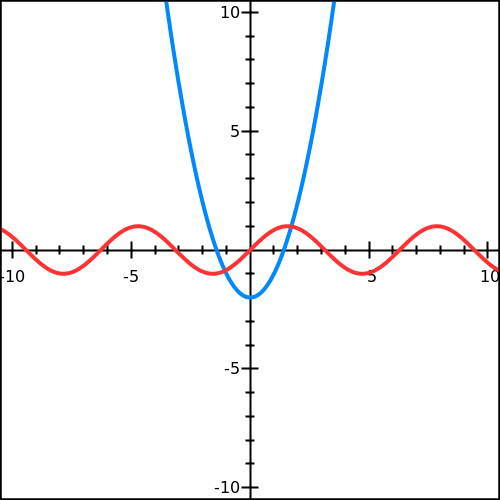



Domain And Range Free Math Help



Find Range Of Square Root Functions
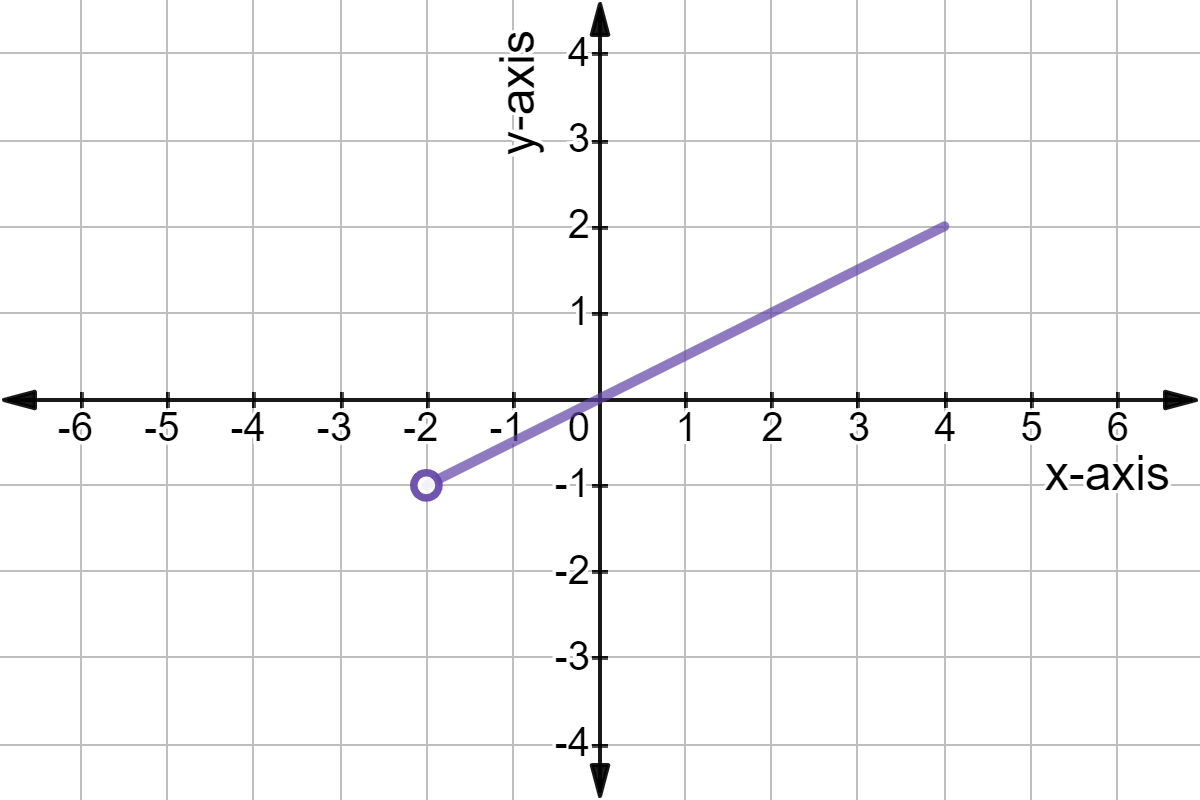



What Is The Range Of A Function Expii




Graphs Of Parent Functions Domain And Range Youtube
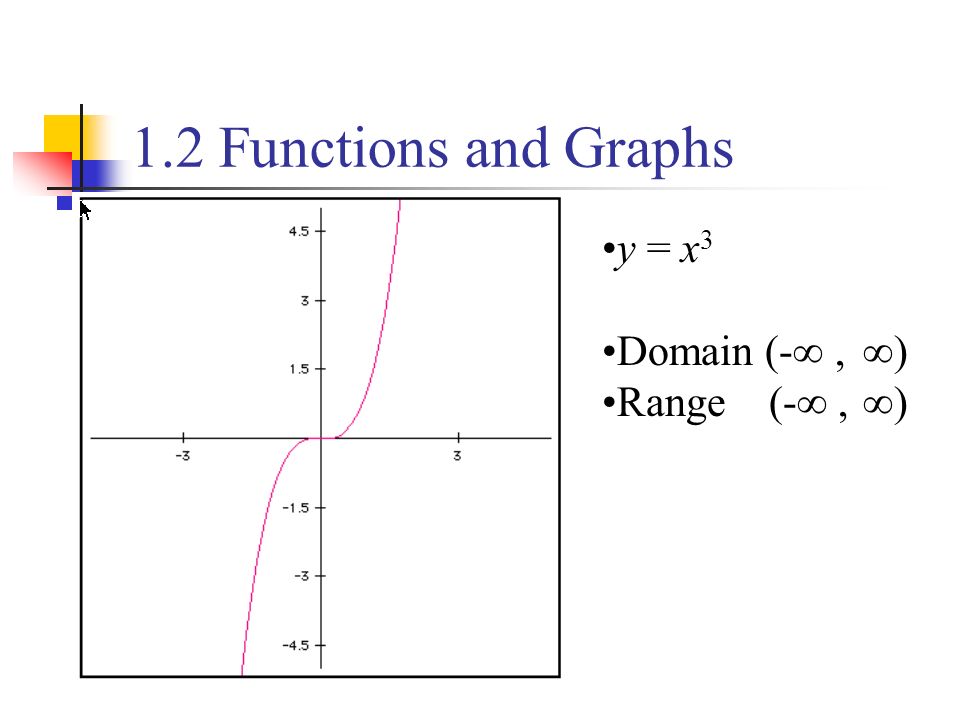



1 1 Lines Increments If A Particle Moves From The Point X1 Y1 To The Point X2 Y2 The Increments In Its Coordinates Are Ppt Video Online Download




Additional Activities Graph The Following Logarithmic Functions Using An Online Graphing Brainly Ph
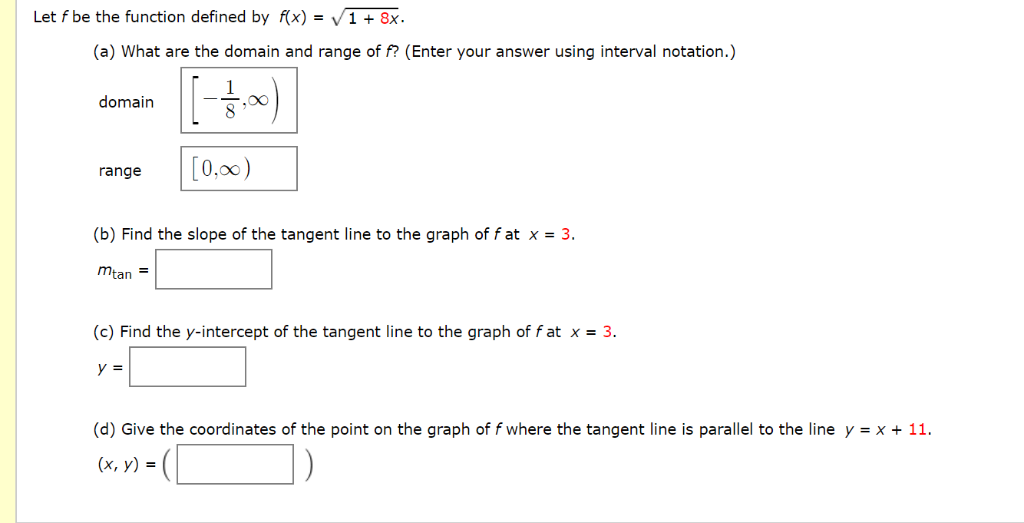



Let F Be The Function Defined By F X 1 8x A Chegg Com
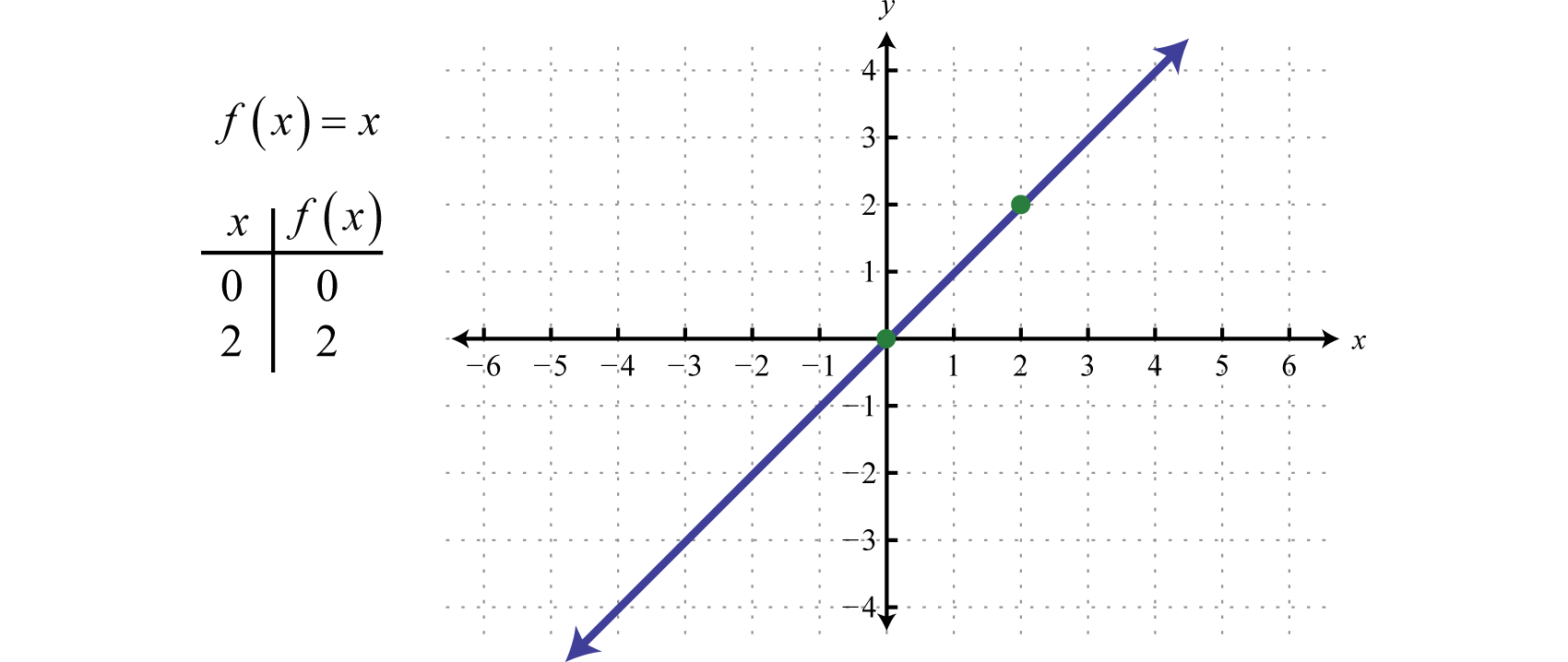



Graphing The Basic Functions



Solution This Question Asks To Quot Find The Domain And Range Of Each Function Quot 1 Y X 1 2 Y 1 X 3 Y 1 X 2 1 4 Y 1 Squareroot Of X 2 X 1 Can Someone Please Show Me How To Do
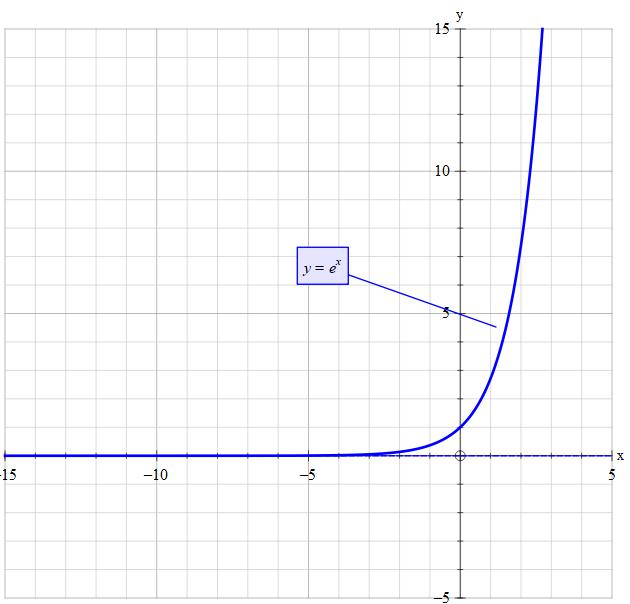



What Is The Domain And Range Of Y E X Socratic
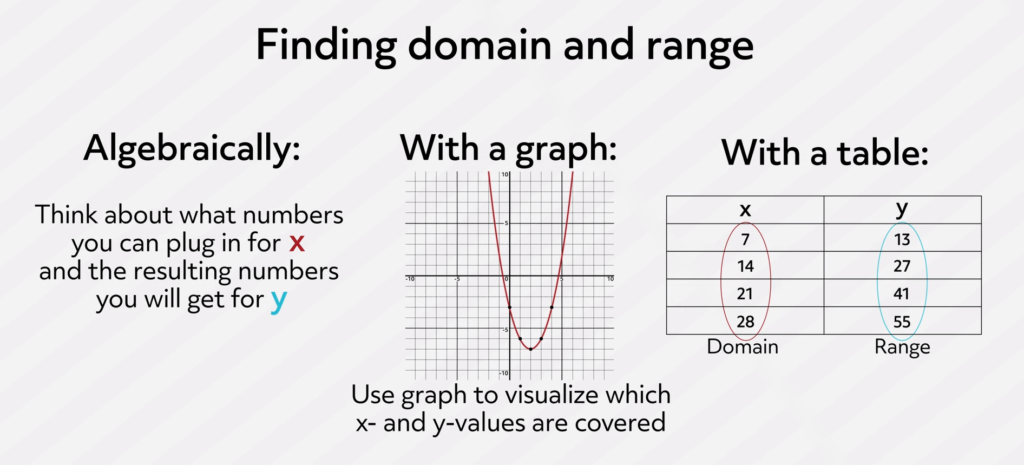



How To Find Domain And Range Video Practice Questions



Q Tbn And9gcqgqrwpnxjwt0kskruy6guwbb9vrtxcyvozrczh7yys7zu6fw5a Usqp Cau




6 Ways To Find The Domain Of A Function Wikihow




1 The Domain Of Y X Is X 6 Sxs 10 Xe R And The Chegg Com
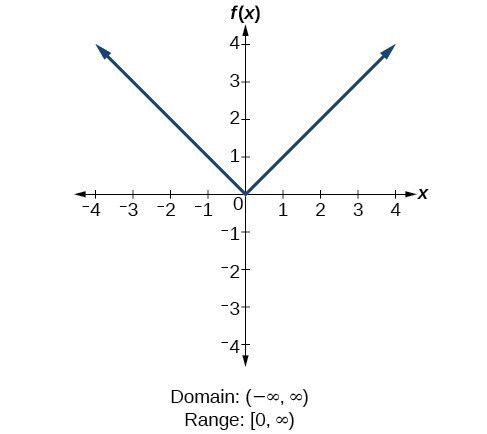



Determine Domain And Range From A Graph College Algebra




Tutorial Function Domain And Range Variable Mathematics Domain Of A Function




Example 1 Solution Step 1 Graph A Function Of The Form Y A X Graph The Function Y 3 X And Identify Its Domain And Range Compare The Graph With The Ppt Download




6 Ways To Find The Domain Of A Function Wikihow
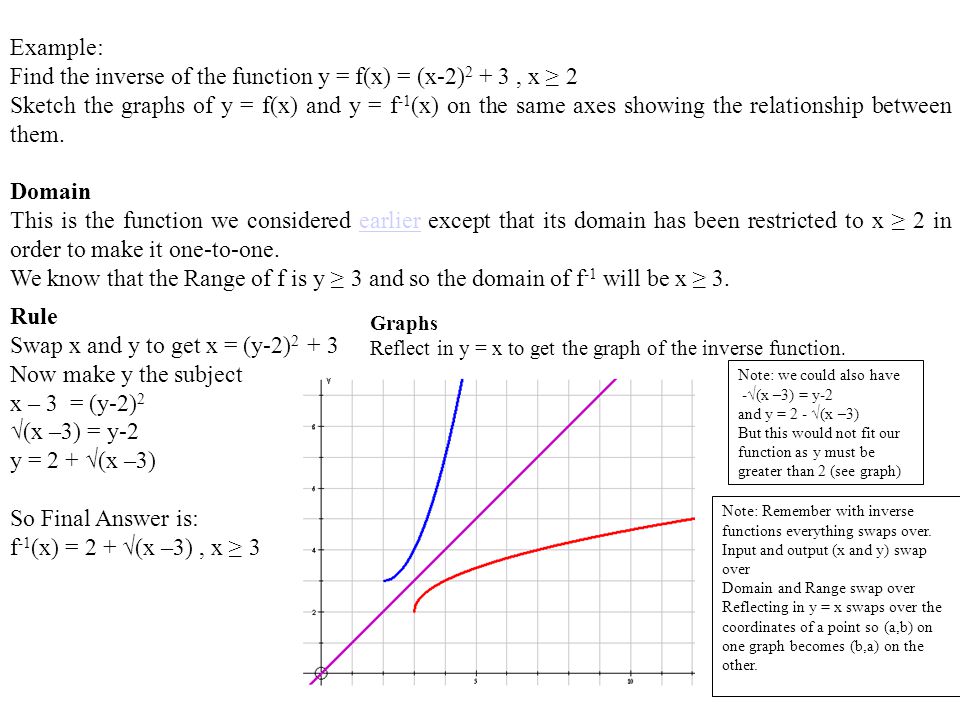



The Domain Of F Is The Set Of All Allowable Inputs X Values Ppt Download




Example 1 Solution Step 1 Graph A Function Of The Form Y A X Graph The Function Y 3 X And Identify Its Domain And Range Compare The Graph With The Ppt Download
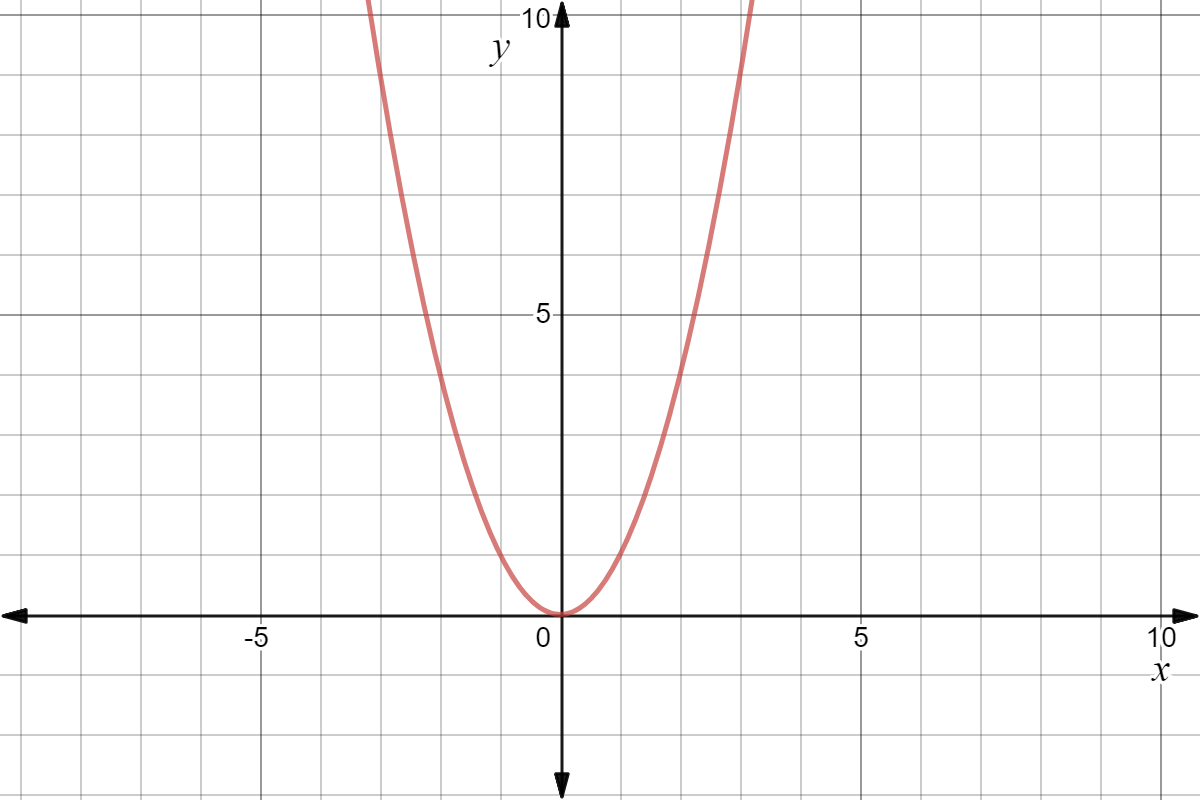



Finding The Domain And Range Of A Function Graphically Expii
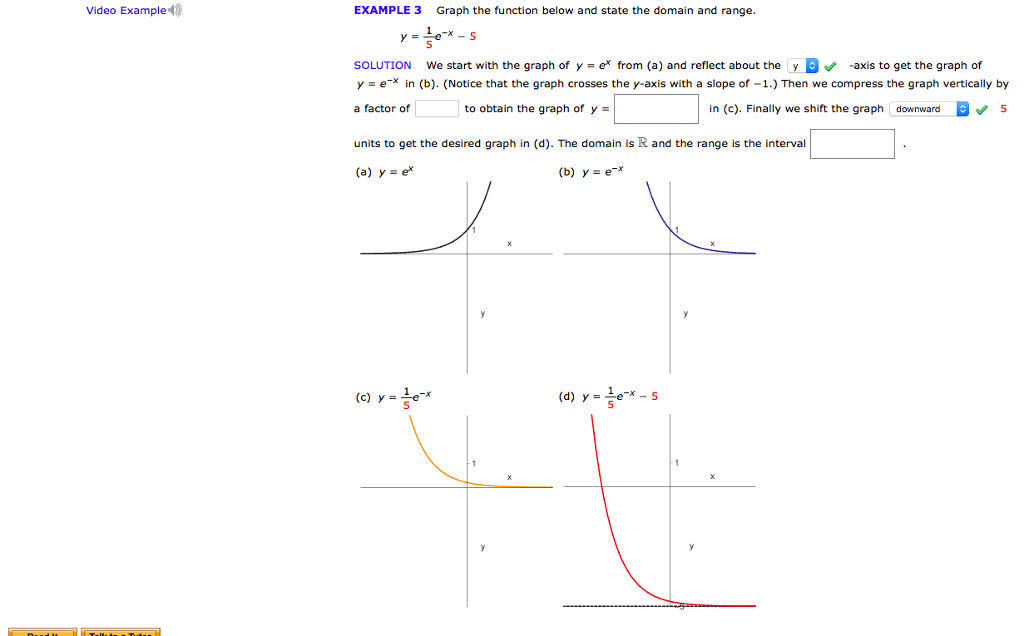



Graph The Function Below And State The Domain And Chegg Com
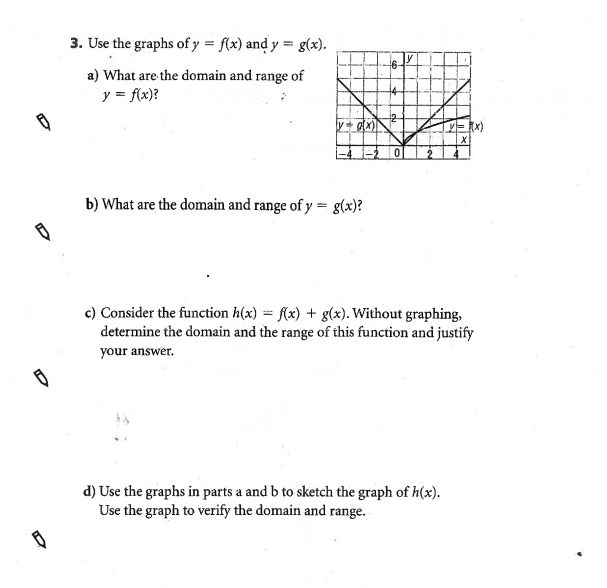



3 Use The Graphs Of Y F X And Y G X A What Chegg Com
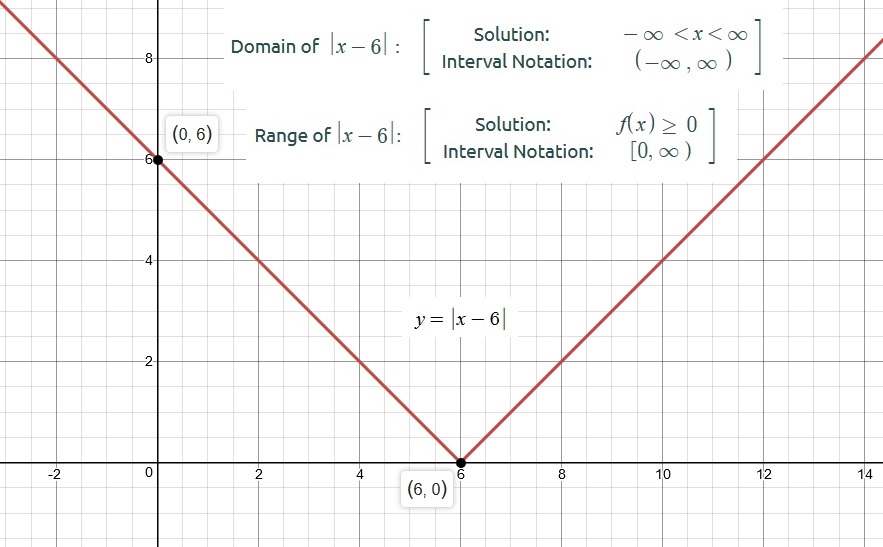



How Do You Find The Domain And Range Of Y X 6 Socratic



Find Range Of Square Root Functions
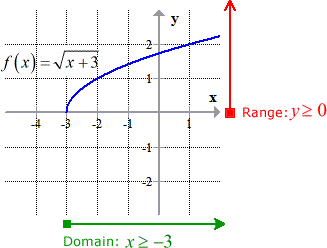



Inverse Of Square Root Function Chilimath




Domain And Range Of Quadratic Functions Video Khan Academy
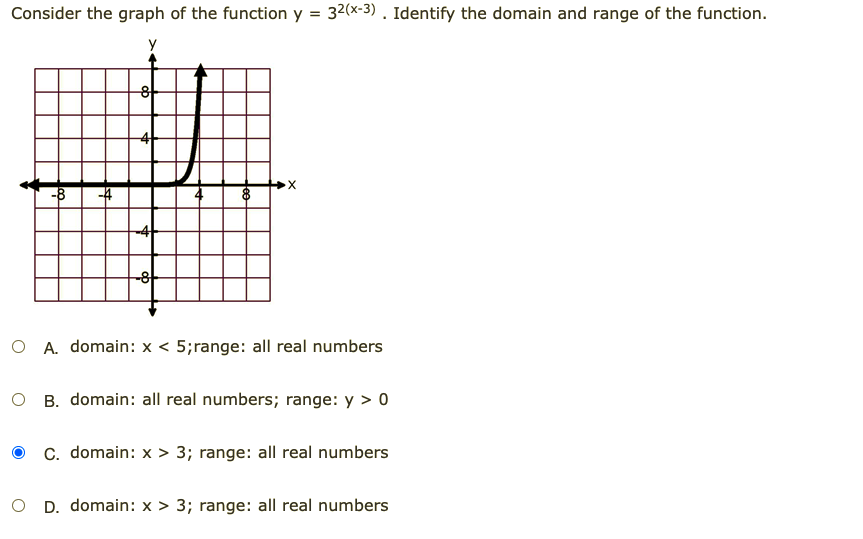



Answered Consider The Graph Of The Function Y Bartleby
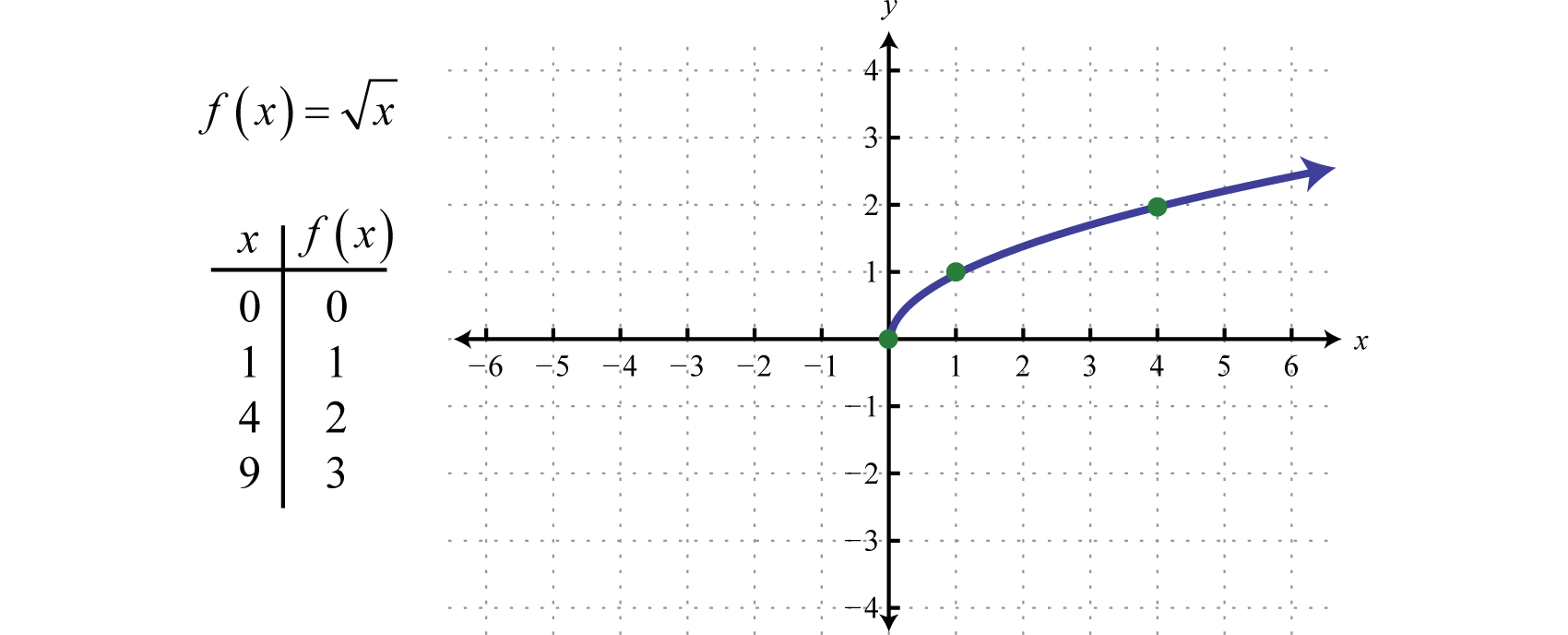



Graphing The Basic Functions




Finding Domain And Range




How To Find The Domain And Range Of A Function 14 Steps




How To Graph Logarithms Transformations And Effects On Domain Range Video Lesson Transcript Study Com




Relations Graphs And Functions




Assignment Domain And Range Of Graphs Pages 1 3 Flip Pdf Download Fliphtml5




Question Video Finding The Domain And Range Of A Cubic Function Given Its Graph Nagwa
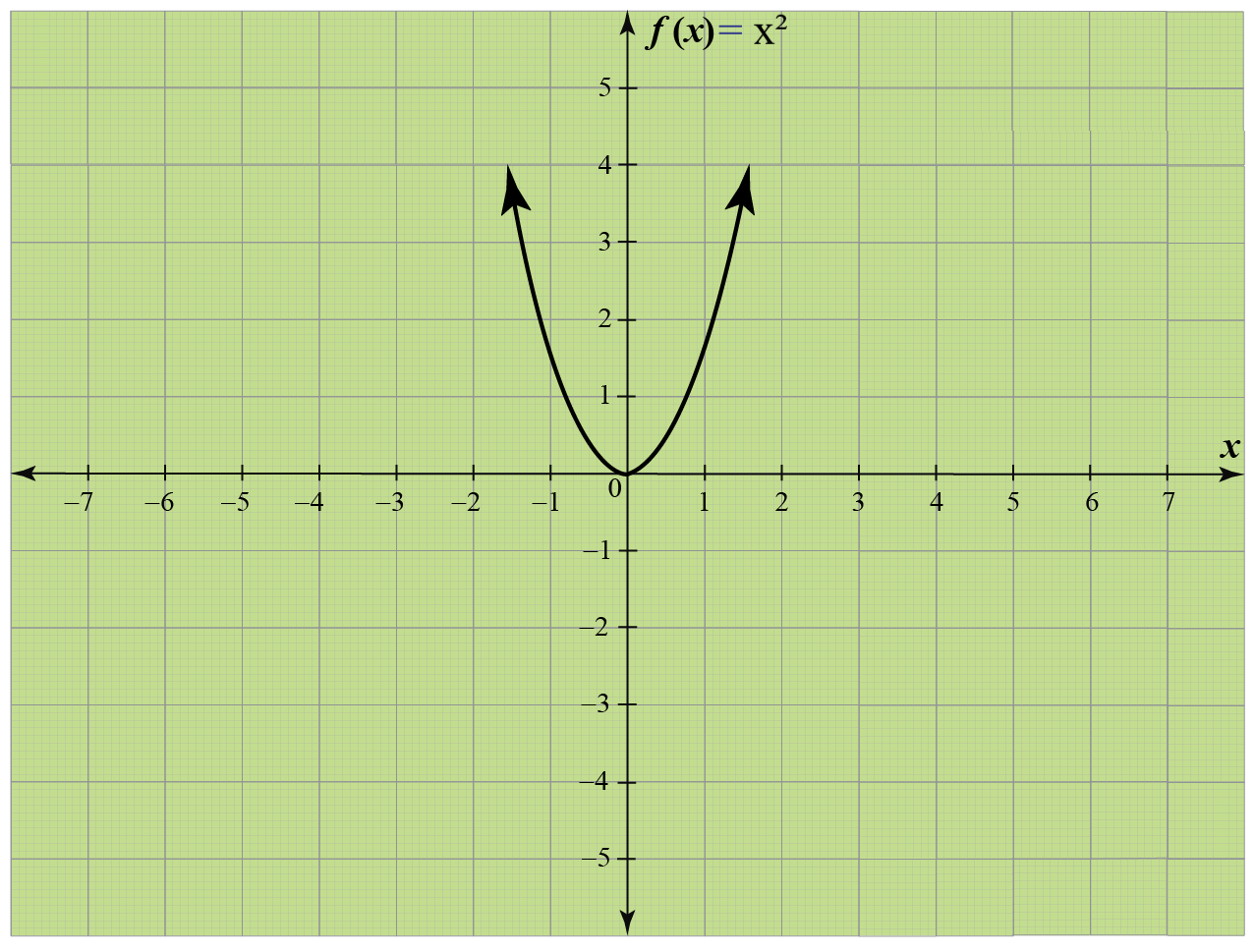



Domain Range Of Functions Graphs Calculator Examples Cuemath
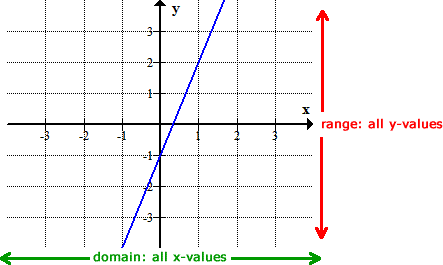



Finding The Domain And Range Of Linear And Quadratic Functions Chilimath
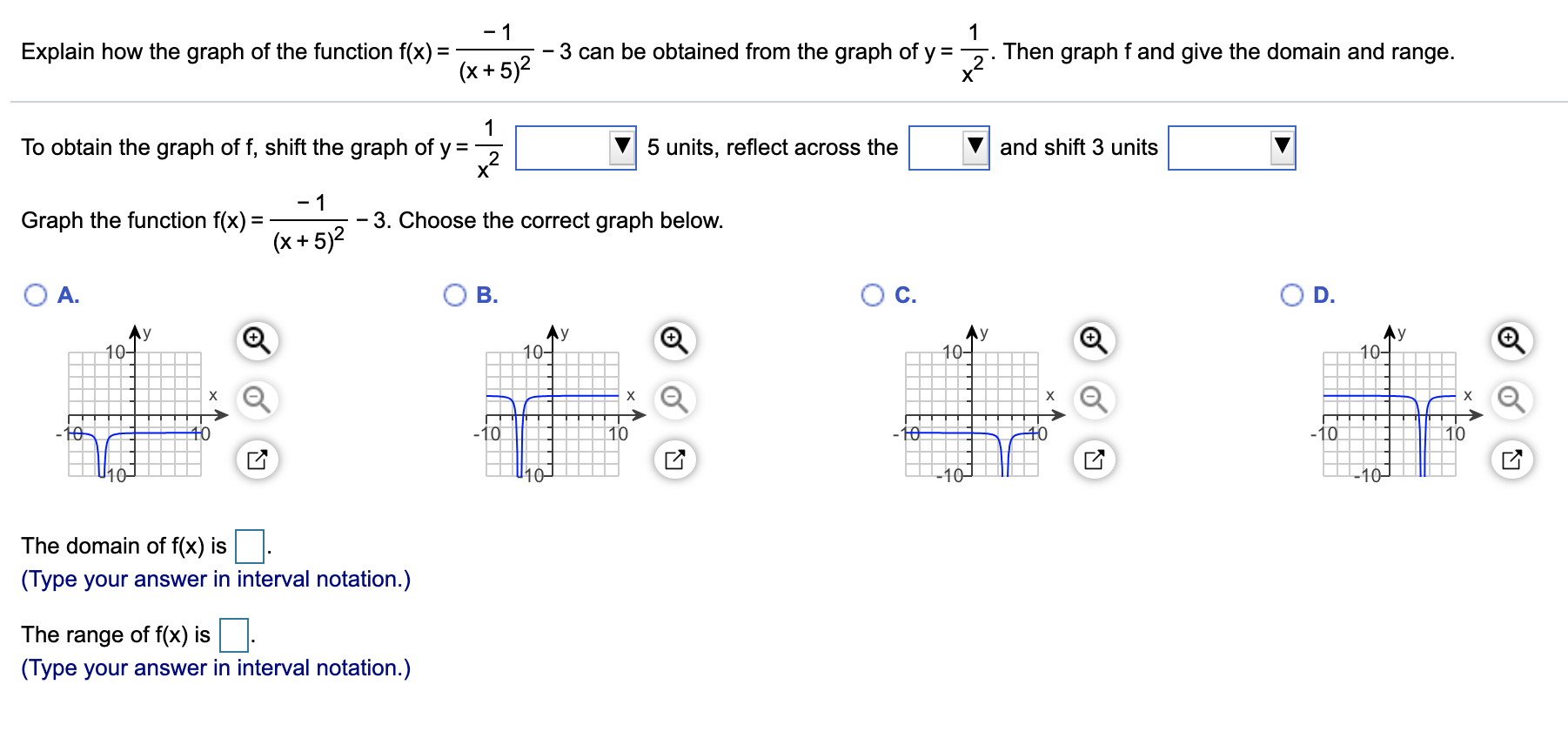



Answered 1 3 Can Be Obtained From The Graph Bartleby
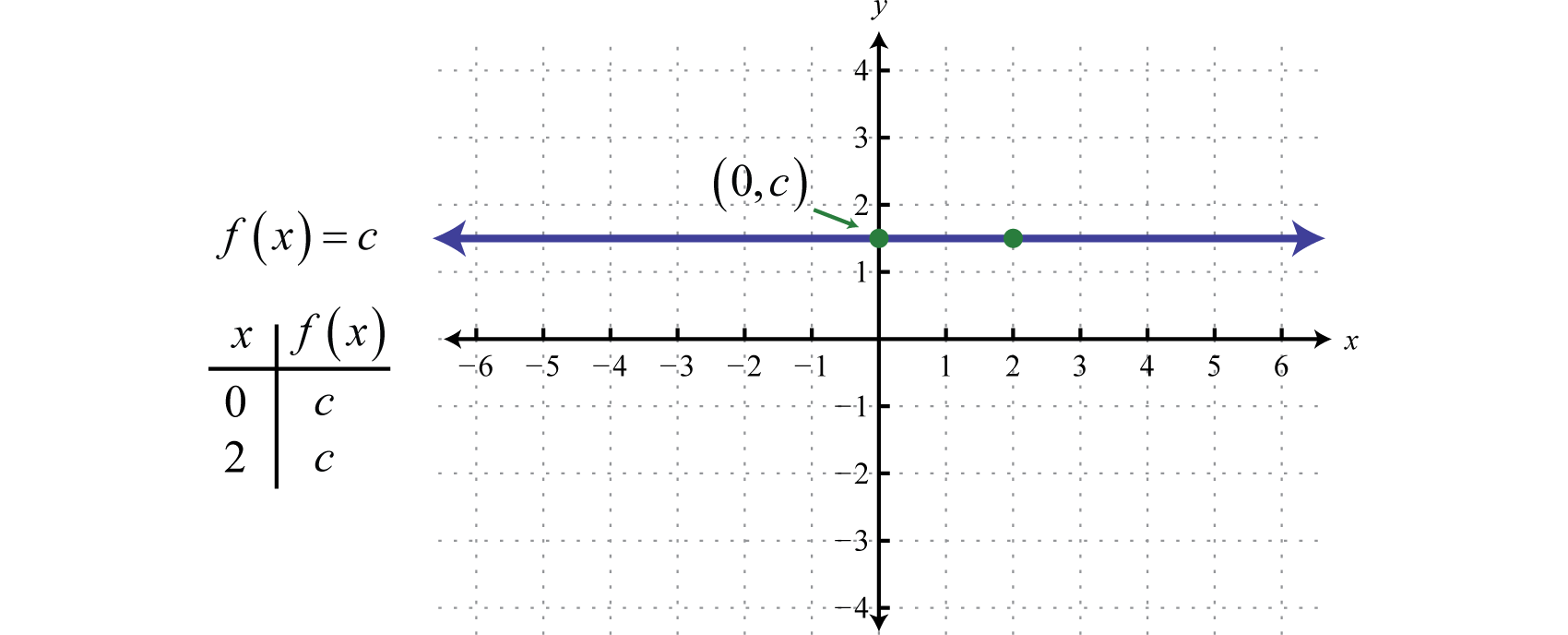



Graphing The Basic Functions
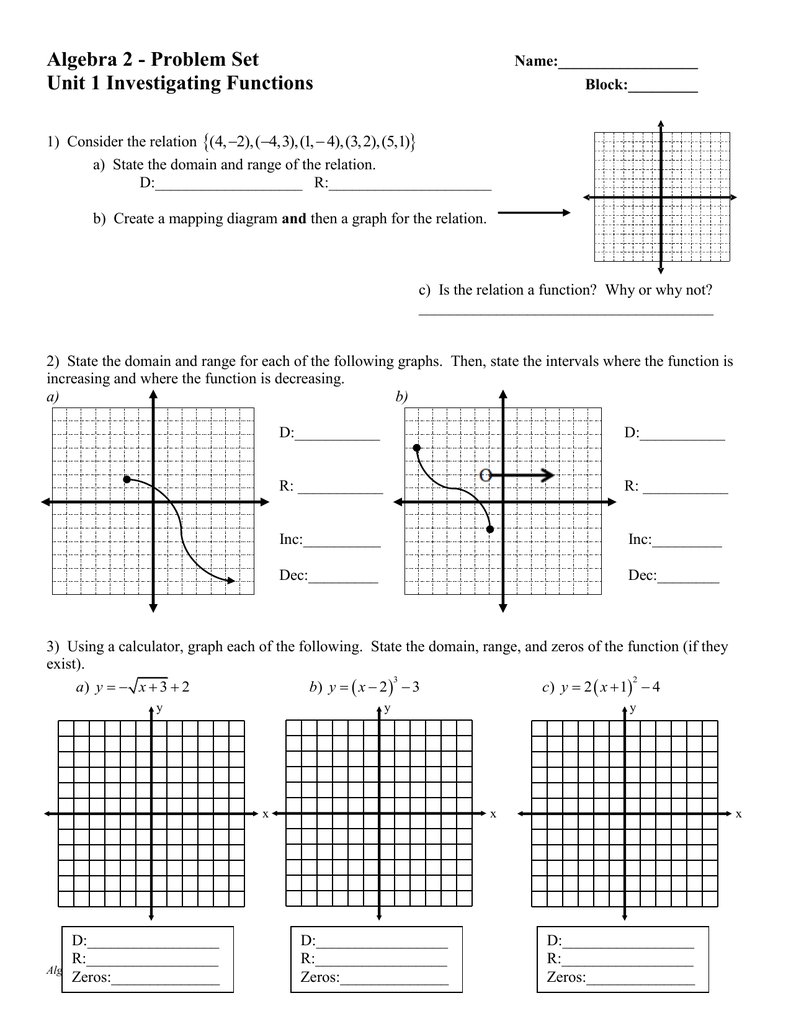



Algebra 2 Problem Set



1
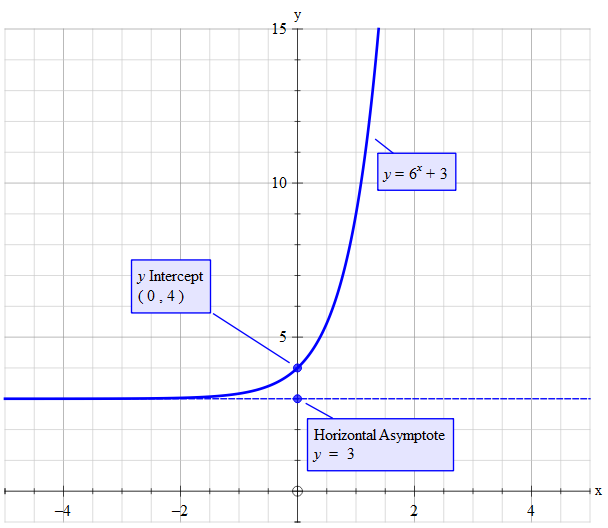



How Do You Graph Find The Intercepts And State The Domain And Range Of F X 6 X 3 Socratic
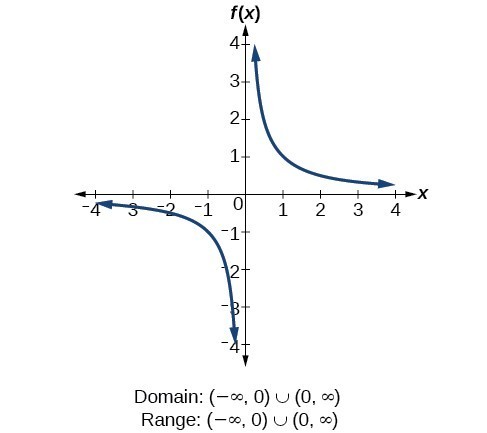



Determine Domain And Range From A Graph College Algebra




Example 7 Let A 1 2 3 4 5 6 R X Y Y X 1




Domain Of Inverse Function Expii
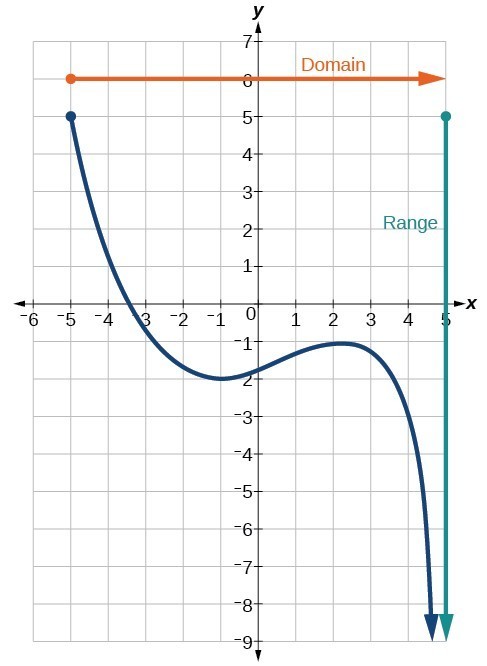



Determine Domain And Range From A Graph College Algebra



0 件のコメント:
コメントを投稿